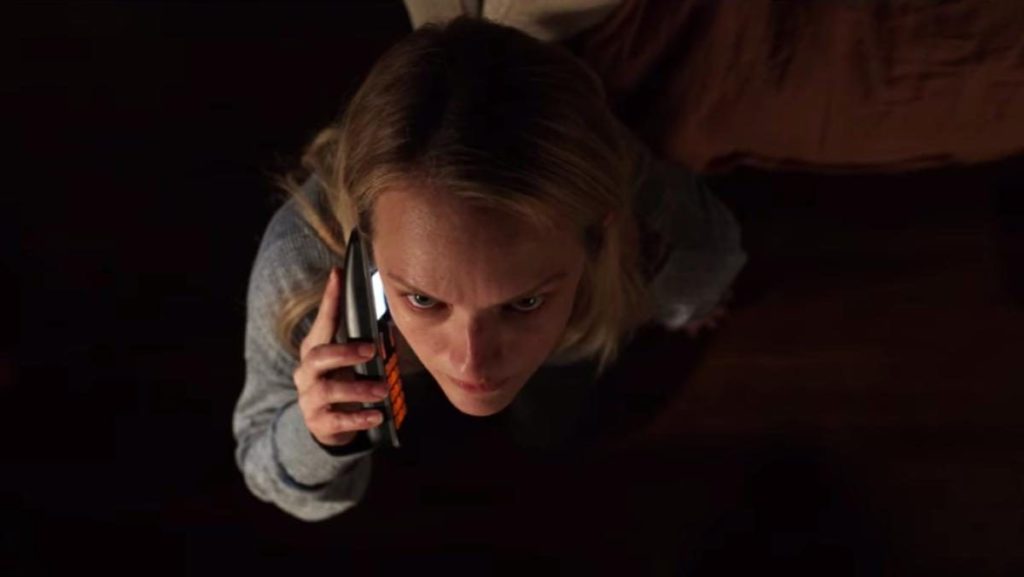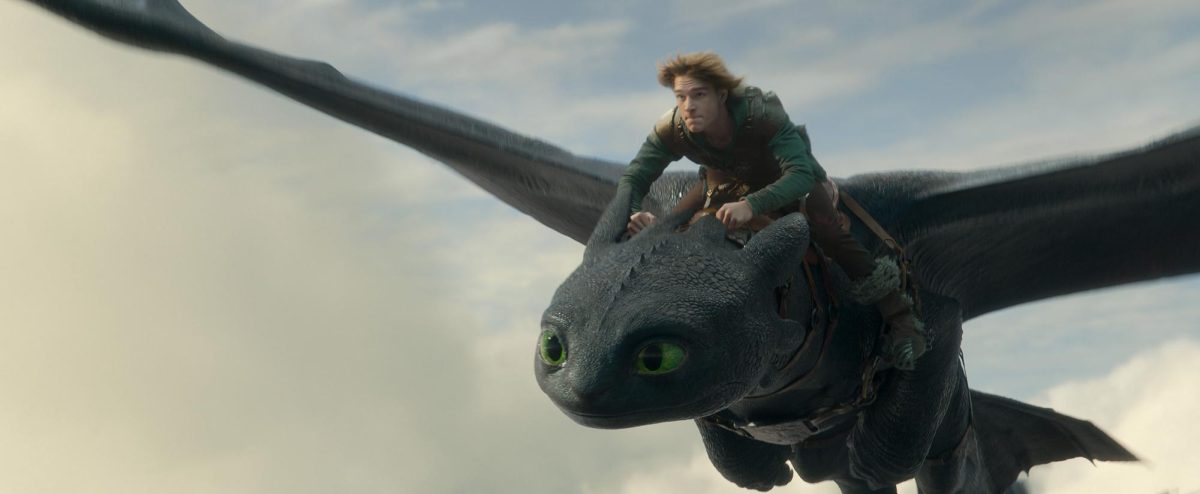The scariest things in life are the things that cannot be seen. Writer-director Leigh Whannell’s “The Invisible Man” runs with this idea by creating a tense, twisty game of cat and mouse that never lets up. Although the movie is unsettling, it also joyously leans into the crowd-pleasing theatrics of a classic monster movie. Based loosely on a novel by H.G. Wells that is over 100 years old, “The Invisible Man” feels as fresh and as thrilling as ever.
The movie centers around Cecilia Kass (Elisabeth Moss), a woman who recently has separated from her abusive ex-husband Adrian Griffin (Oliver Jackson-Cohen). Following Adrian’s apparent suicide, an invisible force begins tormenting Cecilia. The presence of this unseen, violent force sets her on a quest to prove that Adrian is still alive, albeit invisible, and haunting her. What follows is a gripping story of a woman having to take matters into her own hands. The story is told from Cecilia’s perspective, providing an empathetic view of her journey.
Simply put, Moss is the best choice to play the lead of this movie. From her Emmy-winning role as June Osborne in “The Handmaid’s Tale” to her performance in Jordan Peele’s “Us,” Moss seems to have cornered the market on horror-driven roles.
Moss’ ability to communicate inner chaos with a simple glance is extraordinary. Moss makes the titular invisible man’s every move feel believable and terrifying. Whannell’s sharp script also proposes a considerable challenge for her: She must appear crazy and correct at the same time. Unsurprisingly, she brings a manic passion to the role that sells this duality. She never fails to have the audience on her side, even in scenes in which she maniacally pleads for understanding.
In a time when social media and the 24-hour news cycle constantly detail real-world horrors, it can be a challenge to take sci-fi monsters seriously. “The Invisible Man” strikes a tremendous balance between fantasy and realistic issues. The story smartly draws on the issue of women in danger of being outrightly dismissed. Thanks to the #MeToo movement, this is a problem that has been at the forefront of public discussion. It is a delicate issue, and the movie does not exploit it.
But the movie also remembers the humbler origins of its story. The original 1933 movie is part of Universal’s lineup of classic monsters that included everyone from Dracula to Frankenstein’s monster. The movies were light on story, focusing more on the wacky and weird spectacle of monsters wreaking havoc. Benjamin Wallfisch, the composer for the new “The Invisible Man,” creates musical themes that are reminiscent of the theatrics in Hollywood’s Golden Age. The score adds a layer of melodramatic fun to the otherwise dead-serious story.
The movie’s setting is beautifully striking and sterile. Whannell gives the camera a mind of its own. It lingers on a seemingly empty kitchen just long enough to make audiences nervous that the knife on the counter might be moving on its own. The camera’s stealthy glide through every scene feels uncomfortably precise, like it knows something the characters do not. Whannell found a way to make shooting nothing in particular unsettling and thrilling.
In what could have been another straightforward sci-fi thriller, Whannell creates a viewing experience that is nerve-racking, fun and tremendously creative. It is worth watching if only for Moss’s performance, but the rapid, ever-changing story is an undeniable source of entertainment as well.




















